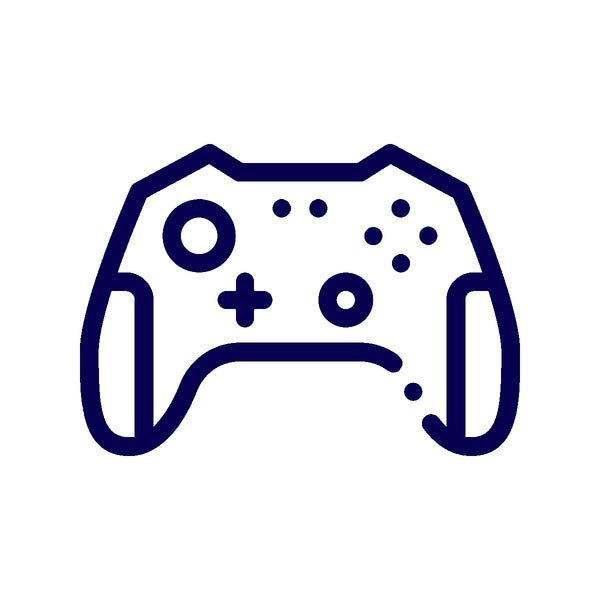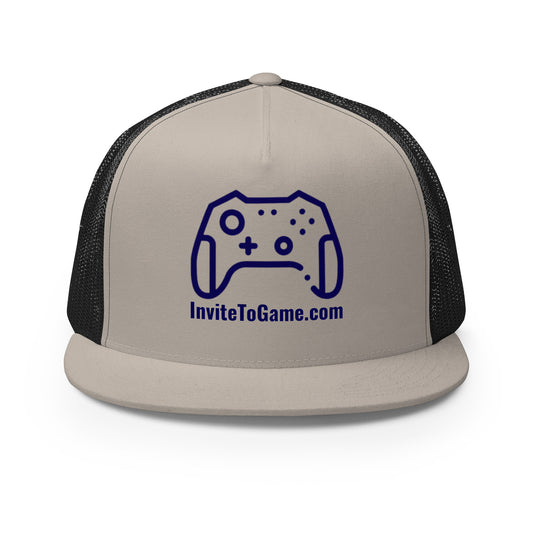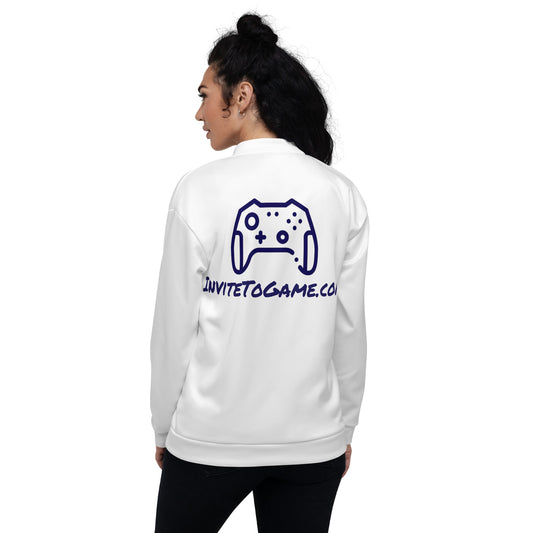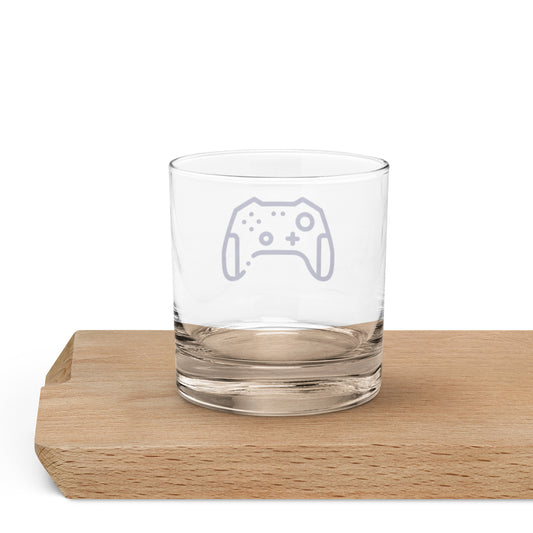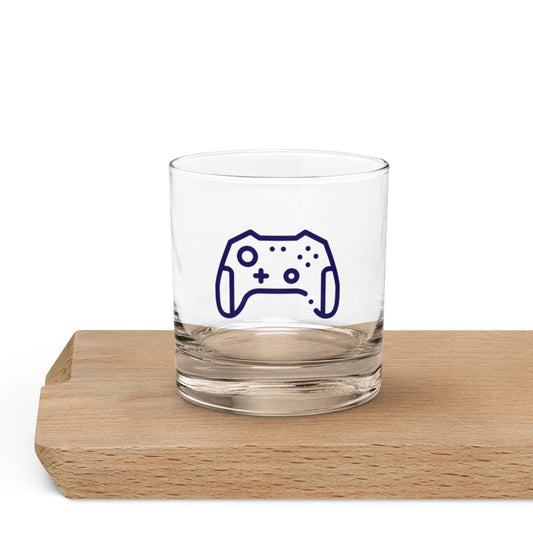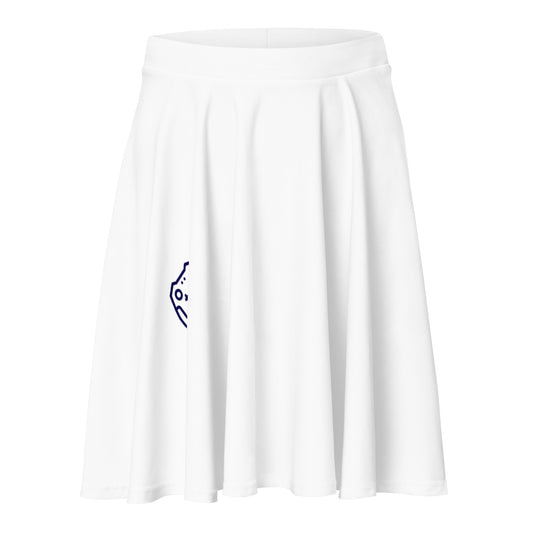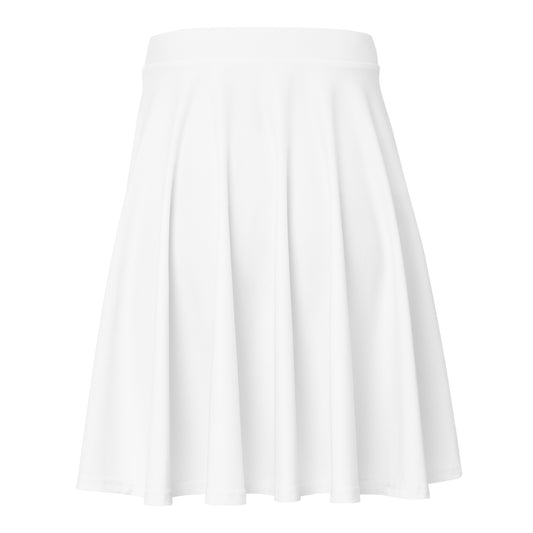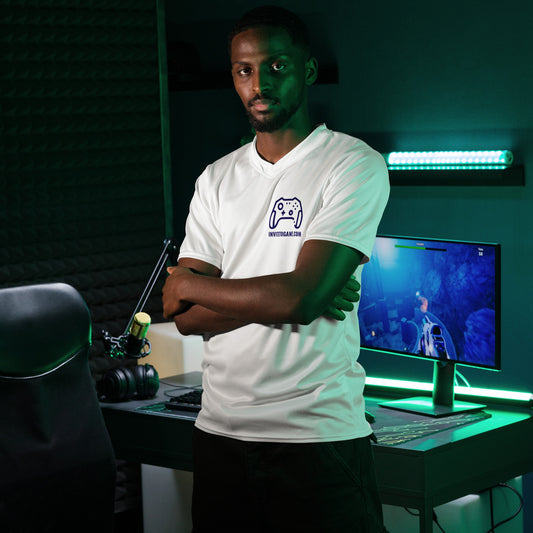
Overwatch 2
Joshua BrunhoffAll-Inclusive Guide to "Overwatch 2": The Ultimate Shooter Experience
1. Who, What, When, Where, and Why: The Origins of "Overwatch 2"
Who:
"Overwatch 2" was developed and published by Blizzard Entertainment, a subsidiary of Activision Blizzard, renowned for its contributions to the gaming industry with iconic franchises such as "World of Warcraft," "Diablo," and the original "Overwatch" game. The game's development was led by the team behind the first "Overwatch," including Game Director Aaron Keller, who succeeded Jeff Kaplan after his departure.
What:
"Overwatch 2" is a first-person shooter (FPS) that serves as the direct sequel to the hugely popular "Overwatch" (released in 2016). It introduces new gameplay modes, a deeper story, a new hero pool, and enhanced visuals, alongside an expansion of the game's narrative and lore. The game includes both PvP (Player vs. Player) and PvE (Player vs. Environment) elements.
When:
After several years of anticipation and delays, "Overwatch 2" was officially released on October 4, 2022. Blizzard Entertainment initially announced the game at BlizzCon 2019, revealing major updates to the original game's formula, including the shift to 5v5 gameplay and the introduction of seasonal content updates.
Where:
"Overwatch 2" is available globally across multiple platforms, including PC, PlayStation, Xbox, and Nintendo Switch. It can be played online, requiring a stable internet connection, as the game features various multiplayer modes.
Why:
"Overwatch 2" was developed to address several community demands for more content, improved balance, and a deeper narrative experience. Fans requested more detailed lore, new heroes, and more varied PvP gameplay. The transition from "Overwatch" to "Overwatch 2" was intended to provide a fresh take on the game, offering an updated experience with innovative features while retaining the core elements that made the original a success. Additionally, the move to a free-to-play model for "Overwatch 2" aimed to expand its player base and increase accessibility.
2. How to Play "Overwatch 2": A Beginner’s Guide
Choosing Your Hero:
The first step to playing "Overwatch 2" is selecting a hero. The game features a roster of heroes categorized into three distinct roles:
- Damage (DPS): These heroes focus on dealing high damage to opponents. Examples include Tracer, Reaper, and Ashe.
- Tank: Tank heroes absorb damage and create space for their team. They include characters like Reinhardt, Winston, and Sigma.
- Support: Support heroes provide healing, buffs, and utility to the team. Mercy, Lucio, and Zenyatta are key support heroes.
Each hero has unique abilities, weapons, and playstyles. It’s important to understand their strengths and how they contribute to team dynamics.
Game Modes:
"Overwatch 2" offers several game modes, with the core mode being Push, where teams compete to control a robot and push it towards the enemy’s base. Other popular modes include Control, Assault, and Hybrid.
Objective-Based Gameplay:
In "Overwatch 2," success is determined by completing objectives, such as capturing points, pushing payloads, or defending key areas. Communication and coordination with your team are crucial for victory.
Map Design:
Maps in "Overwatch 2" are highly varied, featuring different environments like futuristic cities, temples, and vast open spaces. Each map supports specific game modes, requiring players to adapt their strategies based on the terrain and objectives.
Team Composition:
Building a balanced team is essential. A well-rounded composition usually includes one or two tanks, a couple of damage dealers, and at least one support hero. Teamwork and hero synergies (e.g., combining ultimate abilities) are critical for winning matches.
3. How to Master "Overwatch 2": Advanced Tips and Strategies
Mastering Hero Abilities:
To truly master "Overwatch 2," players need to understand not only their hero’s abilities but also how those abilities interact with other heroes. Learning when to use abilities like Zenyatta’s Discord Orb, Mei’s Ice Wall, or Genji’s Deflect can turn the tide of battle.
-
Ultimate Management: Ultimates are powerful abilities that can drastically impact the match. Coordinating your team’s ultimates for maximum effect, such as combining Graviton Surge with a high-damage ultimate, is a key aspect of high-level play.
-
Positioning and Map Awareness: Knowing when to engage and retreat is vital. Good positioning allows you to capitalize on your hero's strengths and avoid unnecessary deaths. Learn the sightlines and choke points of each map to gain an advantage over the enemy team.
-
Switching Heroes: If a particular hero is not working well against the enemy team’s composition, don’t hesitate to switch to a different hero. Mastering multiple heroes across different roles will make you a more versatile and valuable player.
-
Communication and Teamwork: At higher levels of play, effective communication is essential. Use voice chat or the in-game ping system to communicate with teammates, whether it’s to call out enemy positions, request healing, or strategize around an objective.
Mastering Team Composition:
Advanced players understand that hero choices should be made with synergy in mind. For instance, pairing a tank like Winston with a damage dealer like Tracer works well due to their mobility and ability to engage quickly. On the other hand, combining support heroes like Ana and Baptiste can create a healing powerhouse.
4. Additional Information About "Overwatch 2"
Free-to-Play Model:
"Overwatch 2" adopted a free-to-play model, which means players can download and play the game at no cost. However, the game offers in-game purchases such as skins, battle passes, and other cosmetic items. These items do not affect gameplay and are primarily for aesthetic customization.
Seasonal Content:
The game operates on a seasonal content model, with each season lasting around nine weeks. Every season brings new heroes, maps, skins, and limited-time events. This keeps the game fresh and exciting for returning players.
PvE Story Missions:
One of the most anticipated features of "Overwatch 2" is the addition of PvE story missions, which expand the lore of the Overwatch universe. Players will be able to team up with others in cooperative missions to fight against AI-controlled enemies, earning rewards and uncovering new narratives.
Overwatch League:
The "Overwatch League" (OWL) continues to be a major competitive esports scene for the game. Professional players and teams from around the world compete for large prize pools, and the OWL also influences the game's meta and balance changes.
Glossary of Terms for "Overwatch 2"
- DPS (Damage Per Second): A role in "Overwatch 2" focused on dealing damage to enemies.
- Tank: A hero role designed to absorb damage and protect teammates.
- Support: A hero role focused on healing, providing buffs, and supporting teammates.
- Ultimate: A powerful ability that charges over time and can change the course of the match when used strategically.
- Push: A primary game mode in "Overwatch 2" where teams push a robot towards the enemy base to win.
- Graviton Surge: An ultimate ability by Zarya that pulls enemies together, making them vulnerable to other attacks.
- Synergy: The combination of hero abilities and team compositions that work well together.
- Meta: The current dominant strategies, compositions, and hero picks that are effective in high-level play.
- PvE (Player vs. Environment): Cooperative missions against AI enemies, introduced in "Overwatch 2" to expand on the game’s lore.
- PvP (Player vs. Player): Competitive gameplay between human players, the main mode in "Overwatch 2."
- Battle Pass: A seasonal progression system that rewards players with exclusive cosmetic items as they complete challenges.
- Overwatch League (OWL): A professional esports league for "Overwatch" players and teams.
